The high-water mark for al-Shabab’s popularity in Somalia has passed, amid the presence of Ethiopian forces.
After the September 2013 siege at Westgate Shopping Complex in Nairobi — a brazen operation that saw four terrorists kill at least 67 civilians — international attention refocused on the threat of al-Shabab, an Islamist militant organization in Somalia. Less than three weeks later, US forces raided a compound in the group’s stronghold of Barawe. They targeted a Kenyan national described as an al-Shabab “facilitator and operational planner.”
In the following months, additional operations focusing on the organization’s leaders unfolded, with suspected drone strikes in the vicinity of Barawe in October 2013 and January 2014 eliminating top commanders. However, the most significant move aimed at degrading al-Shabab’s destructive capabilities came when the African Union Mission in Somalia (AMISOM), a peacekeeping force, announced the integration of 4,000 Ethiopian soldiers under its command on January 22. Through this measure, AMISOM fulfilled a post-Westgate United Nations resolution to increase overall troop levels in Somalia.
While Ethiopian forces had been present on Somali soil since late 2011, the additional manpower spurred the resumption of AMISOM and Somali National Army (SNA) incursions into al-Shabab territory. Since March, the combined forces captured at least nine towns, including key areas such as Rabdhure, Qoryoley and Ceel Buur — al-Shabab’s first major losses since September 2013.
Ethiopian Forces in Somalia
While the reduction of al-Shabab territories is welcome news for the Somali Federal Government (SFG) and its allies in their battle to eliminate the terrorist organization, the inclusion of Ethiopian troops is problematic. Ethiopian-Somali relations have manifested violently a number of times over the past half-century, and Ethiopia traditionally evokes a negative and visceral reaction from the Somali public. More recently, Ethiopia invaded Somalia in late 2006 in order to remove the Islamic Courts Union (ICU), which had provided a modicum of stability to the capital, Mogadishu. Ethiopian forces committed a number of alleged abuses until their withdrawal in January 2009.
Al-Shabab, meaning “The Youth” in Arabic, began as a largely autonomous and hard-line youth wing of the ICU, and emerged at the forefront of the anti-Ethiopian occupation around 2006-07 — though other ICU elements either fragmented or escaped. The group effectively exploited the Ethiopian invasion. Al-Shabab rallied many to its cause by presenting the movement as the defender of Somali sovereignty and the Muslim community against an arch-rival and a historically Christian nation. Support flowed in, including contributions from the diaspora. While some held religious motivations, many participated less due to an ideological affinity toward al-Shabab’s worldview and more under the banner of fighting against a hated enemy. As long as Ethiopia was in the country committing perceived abuses, al-Shabab recruiters had a relatively easy task.
Al-Shabab, meaning “The Youth” in Arabic, began as a largely autonomous and hard-line youth wing of the ICU, and emerged at the forefront of the anti-Ethiopian occupation around 2006-07.
Following Ethiopia’s withdrawal, AMISOM forces took over and the Somali government began a slow and uneven process of extending its authority beyond a few city blocks in Mogadishu. A major boon to this project came in October 2011 when Kenyan forces invaded southern Somalia, ostensibly to institute a buffer zone containing the strategic port of Kismayo.
Ethiopia followed suit along its border, making for a three-way assault on al-Shabab territories; though both nations pursed interests independent of AMISOM. While significant advances did occur, al-Shabab was far from eliminated, and retained the ability to conduct large-scale attacks in Mogadishu or plan massive operations such as the siege at Westgate.
Al-Shabab Counters
In this sense, while AMISOM and SNA advances against al-Shabab had slowed prior to Westgate, the redeploying of Ethiopian troops as a means to address this was a controversial choice, and appeared to provide conditions for the Somali group to recapture a level of public support enjoyed years earlier. To this point, al-Shabab began a messaging campaign highlighting the role of Ethiopia in AMISOM, in an attempt to capitalize on longstanding Somali enmity and delegitimize the peacekeeping mission and, by association, the SFG.
In his first speech since the Westgate attacks, al-Shabab leader Ahmed Abdi Godane focused heavily on Ethiopia in early March, declaring that the country sought to divide Somali lands, eliminate sharia law, and rectify its landlocked status by obtaining access to the Somali coast. He also referenced the “historical rivalry” between Somalia and Ethiopia — dating back centuries, but amplified by bouts of heavy fighting in the post-colonial era — and called for jihad in response.
Other top al-Shabab leaders issued similar refrains. Spokesman Ali Mohamud Rage stated, “We want to remind them [the Somali population] how they [Ethiopia] killed our men, raped our women, desecrated our Holy Quran, and looted our riches, they are here yet again to commit the same crimes,” while urging Somalis to eradicate this “arch enemy from their land.” Hassan Ya’qub Ali, al-Shabab governor of the central Galgadud region, focused on the religious aspect, proclaiming that Ethiopia “brought the weapons in the country so they kill the Muslims.”
… in the years since, al-Shabab has unveiled its plan for Somalia’s future, replete with harsh punishments and bans on facets of local culture, including public executions for suspected informants and restrictions on music at local celebrations.
Al-Shabab also utilized anti-Ethiopian rhetoric to secure local support, by organizing demonstrations in various locations under its control. In addition, since February, the organization has publicized a number of clan-based meetings, including members of Wa’else, Murusade and Marehaan. Following agreements to resist an Ethiopian occupation for the second time in a decade, many of these clans backed up their words with financial donations and fresh recruits.
A New Environment
These statements and actions represent a movement trying to capitalize on some of the same dynamics that aided the rise of al-Shabab, namely the presence of Ethiopian troops on Somali soil. However, the environments of 2007 and 2014 are very different. Some clans have voiced their support, but a nationwide uprising against the “Ethiopian invaders” under the banner of al-Shabab has yet to materialize. At the same time, the movement has been unable to resist encroaching government-allied forces. For example, despite an anti-Ethiopia rally in Buloburde in February, AMISOM took control of the town a few weeks later.
Earlier, the level of discontent vis-à-vis Ethiopia largely outweighed the ideology preached by al-Shabab, which was a nascent organization that had yet to impose its governance throughout the Somali countryside. However, in the years since, al-Shabab has unveiled its plan for Somalia’s future, replete with harsh punishments and bans on facets of local culture, including public executions for suspected informants and restrictions on music at local celebrations. While the organization’s rule provides specific benefits, chiefly in the realm of justice and security, this came at the price of forced adherence to a foreign and conservative ideology.
Today, the inclusion of Ethiopian troops undoubtedly garners an extra degree of popularity for al-Shabab. However, the level demonstrated thus far is unlikely to make a significant difference in the movement’s fortunes, especially in the wake of sustained AMISOM and SNA pressure. In this sense, the costs of living under its rule may now outweigh the costs of allowing Ethiopia to participate in the making of a new future. This is the most telling sign of the current state of al-Shabab, and perhaps the most promising for Somalia.
This is not to say al-Shabab stands on the verge of extinction — in fact, far from it. The inability of the fledging SFG to provide adequate and united governance in newly captured towns is a key factor that will keep al-Shabab pertinent in the foreseeable future, as it will likely only become more overstretched as AMISOM offensives continue. In addition, al-Shabab has demonstrated regional capabilities amid a host of emerging likeminded organizations, charting a course as a significant terrorist operator in the Horn of Africa for years to come.
Nonetheless, the relatively low-key public outcry over the presence of Ethiopian troops, in comparison to previous iterations, is as telling a situation as any that the high-water mark for al-Shabab’s popularity in Somalia has passed. If there is an issue the organization should be more concerned about than the loss of territorial control, it is this inability to recapture public support in the wake of advances by a traditional enemy.
The views expressed in this article are the author’s own and do not necessarily reflect Fair Observer’s editorial policy.
Support Fair Observer
We rely on your support for our independence, diversity and quality.
For more than 10 years, Fair Observer has been free, fair and independent. No billionaire owns us, no advertisers control us. We are a reader-supported nonprofit. Unlike many other publications, we keep our content free for readers regardless of where they live or whether they can afford to pay. We have no paywalls and no ads.
In the post-truth era of fake news, echo chambers and filter bubbles, we publish a plurality of perspectives from around the world. Anyone can publish with us, but everyone goes through a rigorous editorial process. So, you get fact-checked, well-reasoned content instead of noise.
We publish 2,500+ voices from 90+ countries. We also conduct education and training programs
on subjects ranging from digital media and journalism to writing and critical thinking. This
doesn’t come cheap. Servers, editors, trainers and web developers cost
money.
Please consider supporting us on a regular basis as a recurring donor or a
sustaining member.
Will you support FO’s journalism?
We rely on your support for our independence, diversity and quality.


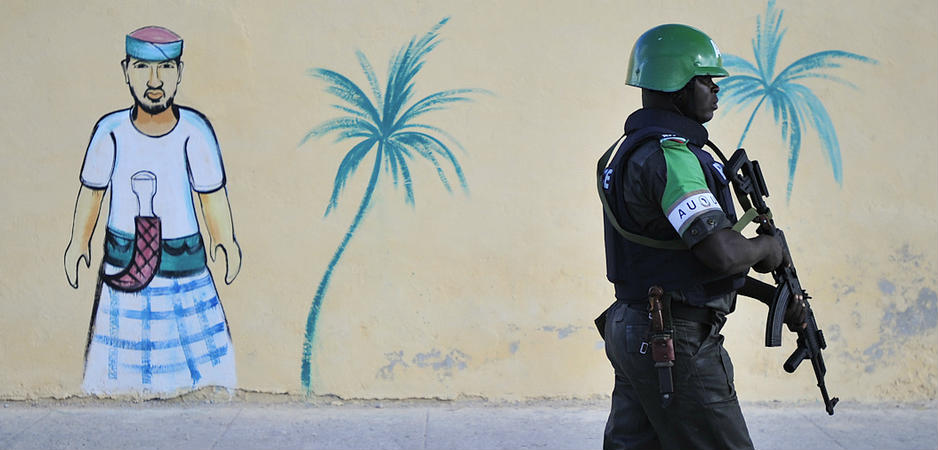
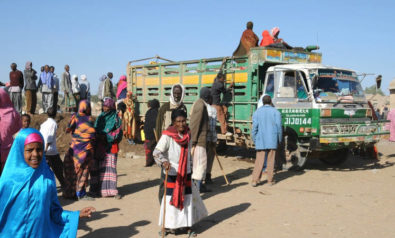

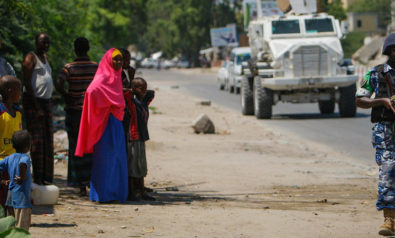
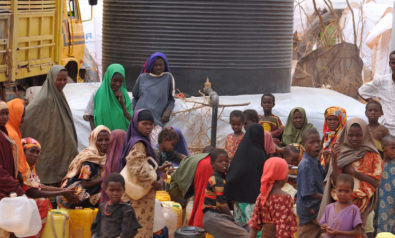

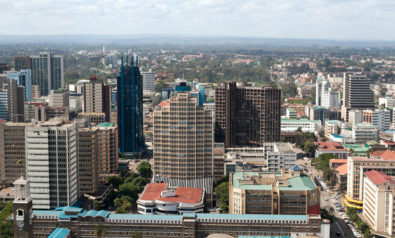
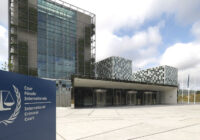



Comment
Thank you for this insightful and succinct article! I have recently been surprised that Ethiopia has managed to stay “out of trouble” with no Al Shabab attacks happening on its soil. I feel it’s only a matter of time unless the Al Shabab infrastructure and capabilities are sufficiently weakened.